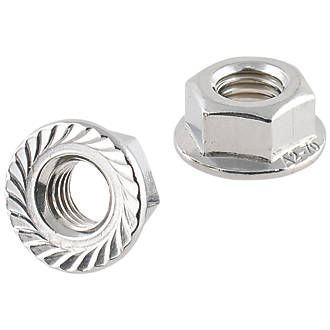My "press" was a bit Heath Robinson using some scrap pieces of 4mm plate sandwiched together combined with some M10 threaded rod, nuts and a tubular spacer sleeve. The sketches below show the fixture required to press out the old stud (by tightening the two nuts on the top plate) and the bottom of the front flange spigot that the stud is pressed into.
Make the fixture
[ol][*]Make a tubular sleeve to fit over the head of the old stud. This needs to be 16mm ID and a max 24mm OD to fit over the spigot the stud is pressed into. Length should be approx 25mm. I used an old 17mm socket (3/8 drive) and drilled out the drive square to 16mm.[*]Ideally, for the plates use some 25mm wide x 20mm thick mild steel bar. Cut 2 pieces 9cm long. Centre punch positions for drilling two 11mm dia holes through both plates at 64mm centres. Also centre punch for drilling a shallow hole in the centre of one plate to locate on top of the stud being pushed out.[*]You will need some M10 threaded rod and 6 x M10 nuts. Cut two 12cm lengths from the threaded rod.[*]Assemble the rods onto the lower plate (the one without the shallow locating hole) tightening up the nuts either side.[*]Slide the upper plate onto the rods with the shallow hole on the bottom side and thread the last two nuts on to the top of the rods.[/ol]Moving to the car, once you get the nuts off, spray more penetrating oil onto the base of the studs studs to help loosen their grip.
[ul][*]Push the spacer over the spigot, in my case it fitted neatly, so did not need to be held in place while the press fixture was put in position.[*]Take the loosely assembled press and locate the shallow hole in the top plate over the end of the stud and then slide the bottom plate under the spacer.[*]Hold the two plates in place and spin the two top nuts down finger tight.[*]Tighten the nuts up uniformly to push the stud out.[/ul]In practice the amount of pressure required is quite high. If the stud does not budge with the clamping pressure, strike the top plate with a hammer to shock the stud loose (support the cat pipe with a length of wood when doing this). You will need a heavy drift bar to get a good strike on the topmost bolt.
 ] Not helped by the fact that most of the bolts and nuts in the exhaust area seem to corrode away. I eventually had to drill them and then hammer the old bolts out.
] Not helped by the fact that most of the bolts and nuts in the exhaust area seem to corrode away. I eventually had to drill them and then hammer the old bolts out. 










